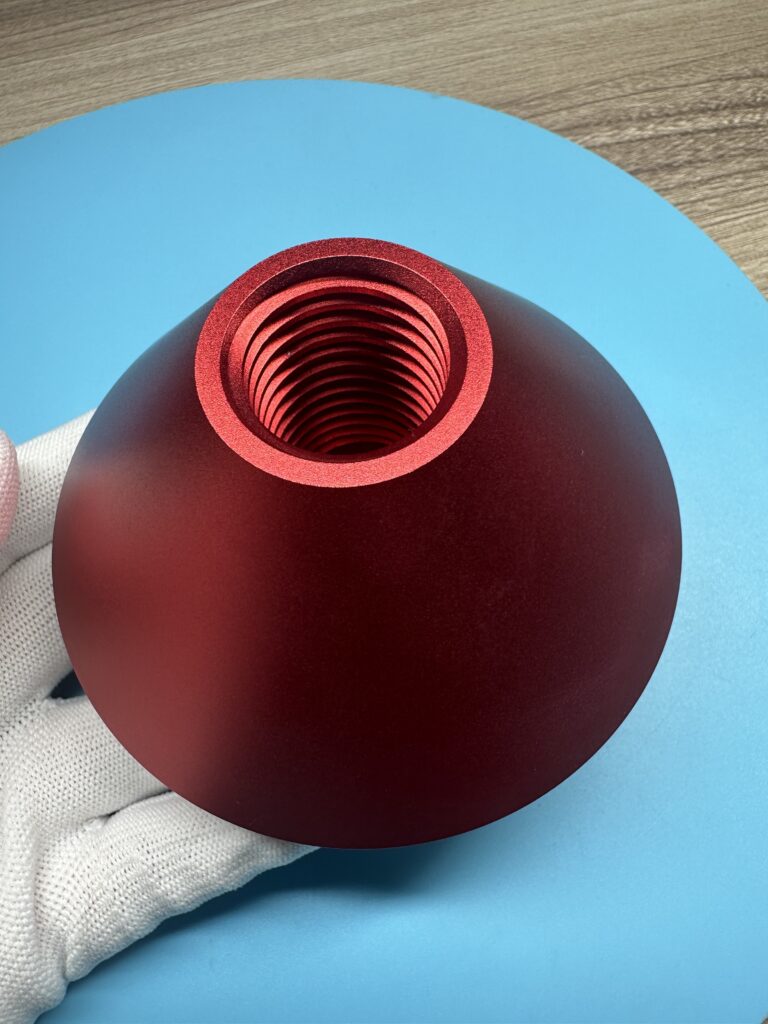What Is Steel?
Steel is an alloy primarily composed of iron (Fe) and carbon (C), usually containing 0.02–2.14% carbon by weight. Small amounts of other elements (like manganese, chromium, nickel, or molybdenum) are added to tailor its properties for different uses.
⚙️ 1. Composition of Steel
Element Typical Content (%) Effect on Properties
Carbon (C) 0.02–2.14 Increases strength and hardness, reduces ductility.
Manganese (Mn) 0.3–2.0 Improves toughness and hardness; aids deoxidation.
Chromium (Cr) 0.3–18 Increases hardness, corrosion resistance, and wear resistance.
Nickel (Ni) 0.3–20 Enhances toughness, corrosion resistance, and strength at low temps.
Molybdenum (Mo) 0.1–0.5 Improves strength at high temperatures, hardenability, and corrosion resistance.
Silicon (Si) 0.1–0.5 Improves strength and magnetic properties.
Vanadium (V) 0.1–0.3 Increases strength and resistance to shock loading.
Tungsten (W) 0.1–18 Improves hardness retention at high temperatures (used in tool steels).
🧱 2. Types / Grades of Steel
Steel is broadly categorized by its chemical composition or use:
A. Carbon Steels
Low Carbon (Mild) Steel: 0.05–0.25% C → ductile, weldable, used in automotive panels, pipes, and structures.
Medium Carbon Steel: 0.25–0.6% C → stronger, used for gears, axles, and rails.
High Carbon Steel: 0.6–1.5% C → very hard, used for springs, cutting tools, and blades.
B. Alloy Steels
Contain alloying elements (Cr, Ni, Mo, etc.) to enhance strength, toughness, or corrosion resistance.
Examples: 4340 (nickel-chromium-molybdenum steel), 4140 (chromium-molybdenum steel).
C. Stainless Steels
Contain ≥10.5% chromium → forms a protective oxide layer (corrosion resistance).
Types:
Austenitic (e.g., 304, 316): non-magnetic, highly corrosion resistant.
Ferritic (e.g., 430): magnetic, moderate corrosion resistance.
Martensitic (e.g., 410): hardenable, used in knives, turbines.
D. Tool Steels
High hardness and wear resistance, used for cutting and forming tools.
Contain elements like W, Mo, V, and Co.
Examples: H13 (hot-work), D2 (cold-work), M2 (high-speed).
E. HSLA (High-Strength Low-Alloy) Steels
Optimized for structural strength with minimal weight (used in bridges, pressure vessels, etc.).
🔩 3. Key Properties of Steel
Property Description
Tensile Strength Ability to resist breaking under tension.
Hardness Resistance to deformation or abrasion.
Ductility Ability to stretch or deform without breaking.
Toughness Energy absorbed before fracture (impact resistance).
Corrosion Resistance Resistance to oxidation or rust.
Machinability/Weldability Ease of cutting, shaping, or welding.
🏭 4. Applications of Different Steel Grades
Type of Steel Common Applications
Mild Steel Building structures, pipelines, auto bodies.
Medium Carbon Steel Machinery shafts, crankshafts, axles.
High Carbon Steel Springs, knives, tools, dies.
Stainless Steel (304, 316) Food equipment, chemical tanks, surgical tools.
Alloy Steel (4140, 4340) Gears, aircraft components, pressure vessels.
Tool Steel (D2, H13) Cutting dies, molds, drills.
HSLA Steel Bridges, offshore platforms, heavy vehicles.
🧭 Summary
Base: Iron + Carbon → defines hardness and strength.
Alloying Elements: Modify specific mechanical or chemical properties.
Grades: Reflect carbon content or alloy makeup (e.g., 304 stainless, 4140 alloy).
Applications: Range from simple structural use to precision-engineered components.



